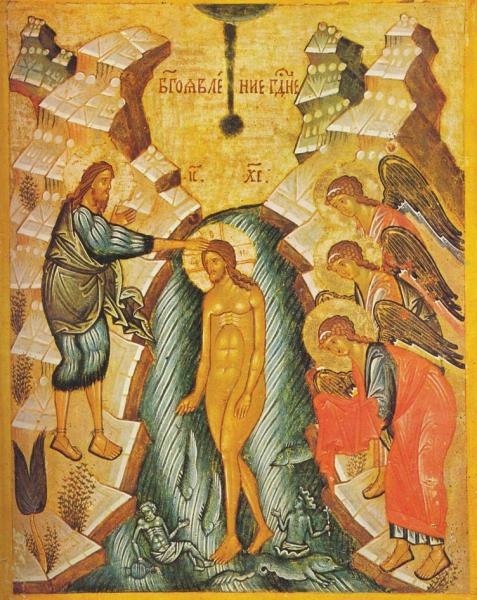The Rumi calendar, a specific calendar based on the Julian calendar, was officially used by the Ottoman Empire after Tanzimat (1839) and by its successor, the Republic of Turkey until 1926. It was adopted for civic matters and is a solar based calendar, assigning a date to each solar day.
1911 multilingual Ottoman calendar page: The upper left shows the Rumi date in Ottoman Turkish: year 1327, 7 Nisan (٧ نیسان ١٣٢٧) The same Julian date (7 April, ΑΠΡΙΛΙΟΣ 7) and day (Thursday, Πέμπτη) appears below in Greek with the AD year 1911 Next to that is the Gregorian date (20 April, AVRIL 20) and day (Jeudi) in French Above these two is 30 (twice), the number of days in the Julian and Gregorian months; the month (April, Априлий) and day (Thursday,
The Julian calendar is a solar calendar of 365 days in every year with an additional leap day every fourth year. The Julian calendar is still used as a religious calendar in parts of the Eastern Orthodox Church and in parts of Oriental Orthodoxy as well as by the Amazigh people.
The Tusculum portrait of Julius Caesar
Russian icon of the Theophany (the baptism of Jesus by John the Baptist) (6 January), the highest-ranked feast which occurs on the fixed cycle of the Eastern Orthodox liturgical calendar



